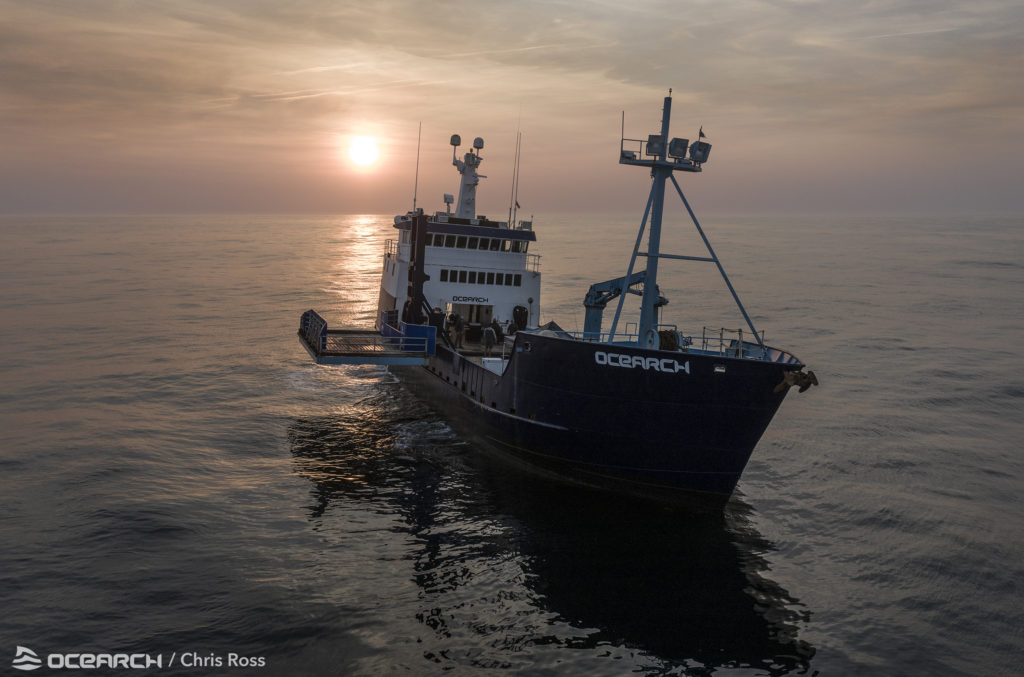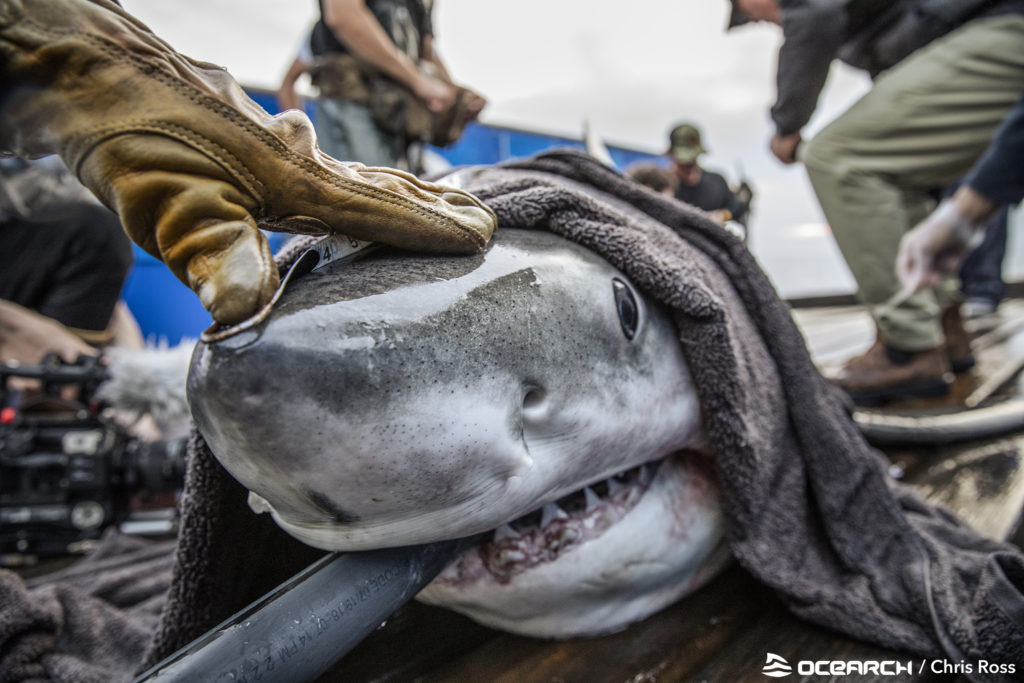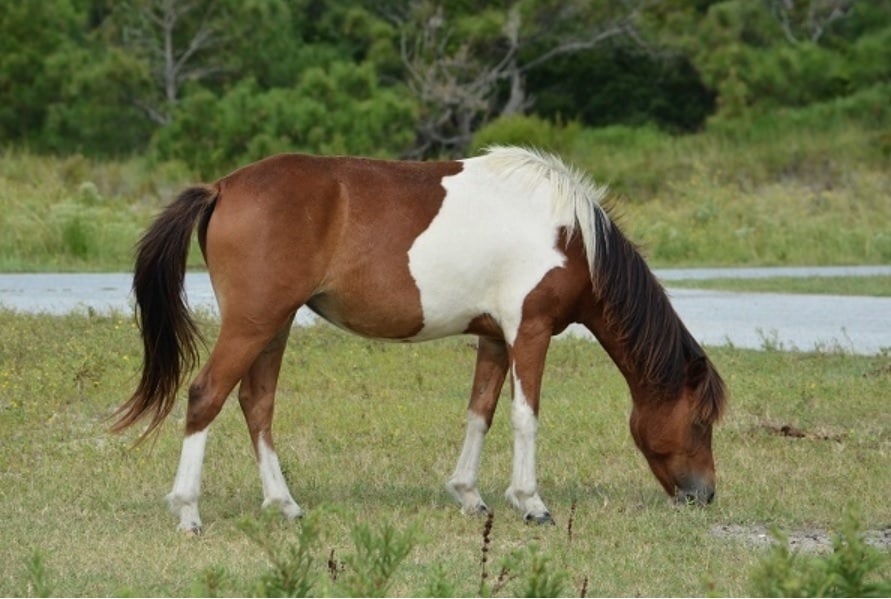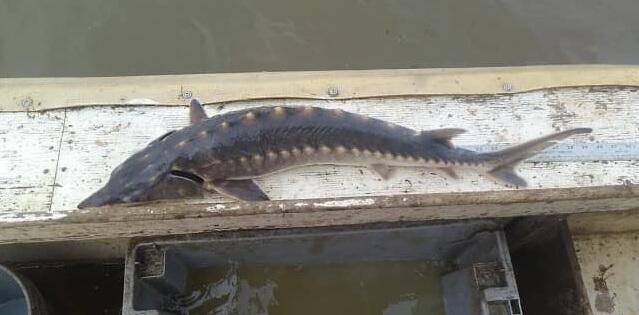Have you ever wanted to get up close and personal with a great white shark? If so, you are in luck—the
shark research nonprofit OCEARCH is currently running the “Meet a Shark Sweepstakes”, a contest that will award one winner and their guest a five-day trip on an OCEARCH research expedition. The winner will “watch some of the world’s top shark researchers at work and have the opportunity to meet and tag a white shark.”
While the group has previously offered contests, this chance to go aboard a research vessel is new, explains Paige Finney, OCEARCH communications specialist. The first opportunity for the winner to join an expedition would be in the late winter or early spring of 2023 to the U.S. Southeast.

In past expeditions to the Carolinas, OCEARCH has found large, mature white sharks of both sexes, but do not know much about their behaviors in this region. One of the expedition’s projects will entail collecting hormone data to see if this area from southernmost Virginia down to Georgia could be where white sharks mate.
OCEARCH just launched another expedition on August 22 that sweepstakes participants could follow as a guide of how these missions run. This journey to Atlantic Canada will run for almost four weeks and involves 45 collaborators from 30 research organizations working on 25 research projects, with the goal of reaching 100 tagged white sharks in the region.
The range of the great white shark extends from Canada down to the Gulf of Mexico. In the summer and fall, when waters are warm in the south, the sharks migrate north to feed on seals and fatten up for the winter. As it gets colder up north, the sharks migrate south, eventually ending up around the Gulf of Mexico and the Southeastern coast.
In the middle of their path is the coasts off the Chesapeake Bay. OCEARCH keeps tabs on sharks all across their range using their online shark tracker, so they can monitor the animals all along their migratory route. In June, a white shark, Freya, was recorded in the Norfolk area on her way north. White sharks likely are not doing much in these mid-Atlantic waters other than passing through. “They use the Virginia coast as a transit area between their main feeding grounds,” explains Jim Gartland, an associate research scientist at the Virginia Institute of Marine Science who works on their annual shark survey, which has been running since 1973. Over the survey’s history, there have only been nine records of white sharks.
Despite the limited time they spend in the mid-Atlantic, Finney points out that anytime a shark is recorded in an area, “it is a sign of a health ocean, a healthy ecosystem.”
OCEARCH’s Meet a Shark sweepstakes close on September 30.
-Emma Johnson




